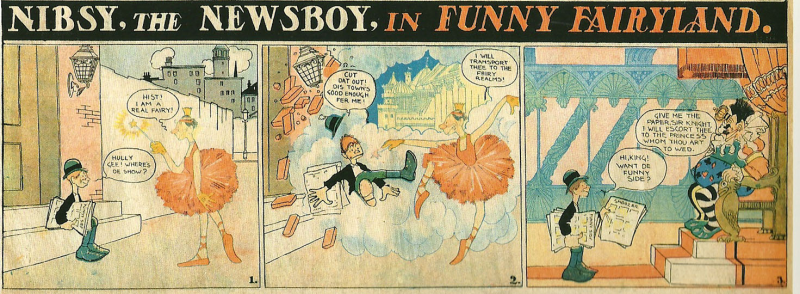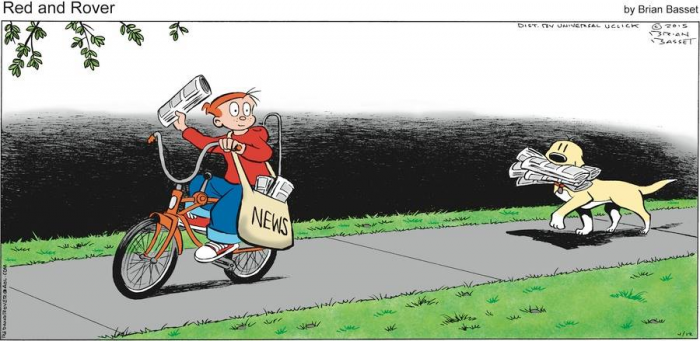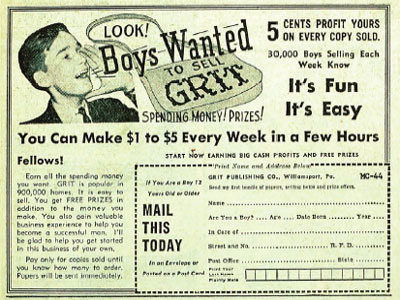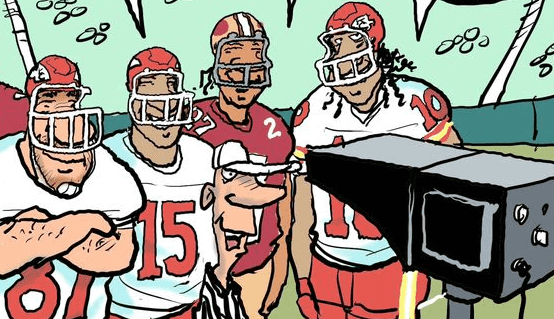Newspaper Delivery & Publication Changes
Skip to commentsThe time honored tradition of the newsboy delivering the daily newspaper is no more.

Begun long ago with boys hawking sometimes ten different editions a day on city streets. The practice began to change when home delivery became common, along with fewer extras. Though well into the 20th Century youngsters continued to deliver newspapers to doorsteps – I was one who would cut open the bundles, fold and rubber band the papers and stuff them into bicycle saddlebags.

That too would change as the afternoon newspapers began switching to a morning schedule and the after-school delivery teens were left delivering Grit. The adults who had delivered papers to the country folks with their cars were soon throwing papers to front yards throughout the towns and suburbs.

As that gig employment has become more expensive with gas and maintenance, and less rewarding as newspapers are scrimping in every way possible, papers are having trouble finding adults willing to fill those less-than-minimum-wage jobs.
What can the daily journals do?
Reduce the publication schedule and pay the post office to deliver.
From Poynter: Your Sunday newspaper? Watch for it in Saturday’s mail.
Since the end of the pandemic, newspapers have struggled to find enough carriers to throw print editions onto driveways. Pay increases and signing bonuses haven’t really worked. Now a new solution is taking root at smaller papers that is likely to spread up to larger ones:
Abandon carrier delivery and turn the job over to the U.S. Postal Service.
Since 2022, Gannett has transitioned more than 70 markets from carrier delivery to the USPS…
The trend is cascading through mid-sized groups and non-chain papers as well. The Ontario (Oregon) Argus Observer, part of Wick Communications’ 14 daily newspaper holdings, told readers on Jan. 31 that delivery will be exclusively through the mail. The family-owned Sumter (South Carolina) Item announced the same Feb. 3. At both, the change was paired with a reduced frequency of print to two days a week [emphasis added].
Which at least partially explains the lack of continuity strips among the consolidated comics pages of even independent newspapers. How can they carry an ongoing daily story strip when the newspaper is only published two or three times a week? Even more than a few humor strips set up week long narratives that would only be confusing when half the running gags are unavailable.
As for timeliness of content, the industry’s trend of outsourcing printing, often to a plant more than 100 miles away, has already knocked out late afternoon and evening sports results from the paper. Readers looking for those scores need to check a digital site.
Executives won’t say so, but these shifts, together with yearly subscription rates soaring to the $500 to $1,200 range, appear to be a strategy to run off remaining print readers — or at least give them a strong push to paid digital alternatives.


Comments
Comments are closed.